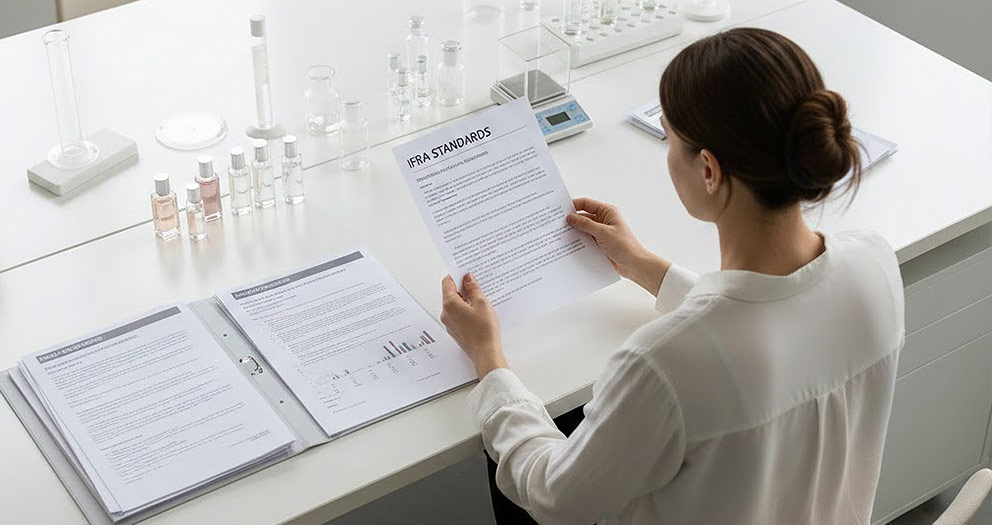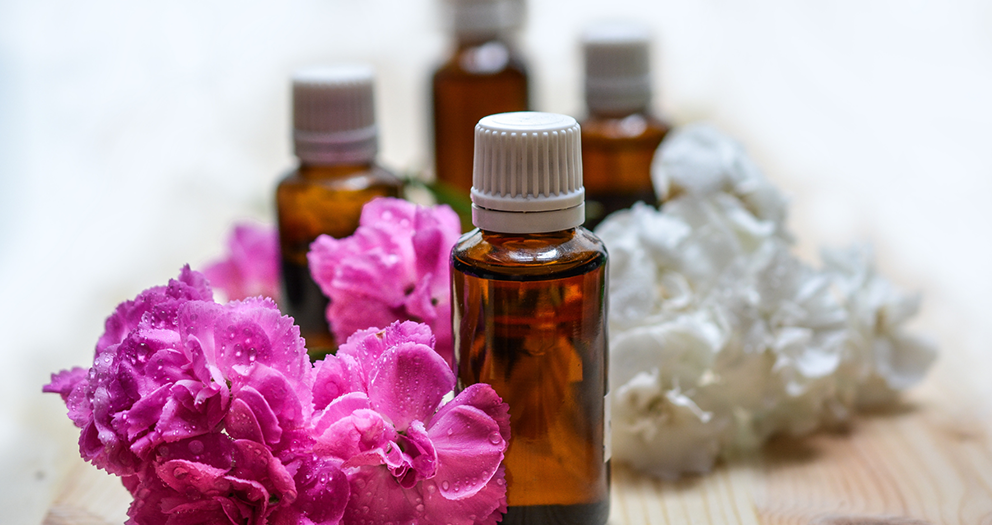A Unique Formula Identifier (UFI) code is a 16-character alphanumeric identifier used to track chemical substances and mixtures in the European Union (EU). It plays a critical role in ensuring the safe use of hazardous chemicals by providing poison centers and emergency responders with quick access to product composition information. The UFI code is part of the EU’s CLP Regulation (Classification, Labelling, and Packaging of substances and mixtures), which works alongside REACH (Registration, Evaluation, Authorisation and Restriction of Chemicals) to protect human health and the environment from chemical risks.
Starting January 1, 2025, the UFI declaration becomes mandatory for all hazardous chemical mixtures placed on the EU market. This means that if your product contains hazardous substances, you must include a UFI on its label and submit the relevant information to the European Poison Centre Notification Portal (PCN).
What is the Purpose of a UFI Code?
The primary purpose of the UFI code is to provide a unique identifier for a specific chemical mixture. This allows poison centers and emergency services to quickly identify the composition of a product in case of accidents or poisoning incidents. The UFI is especially important for hazardous mixtures, as it ensures that risks are effectively managed and that these substances are used safely and responsibly.
Under the CLP Regulation, manufacturers and suppliers of hazardous mixtures must assign a UFI to their products and ensure it is displayed on the label. This requirement applies to consumer, professional, and industrial products, including candles, soaps, diffusers, and more.
How is a UFI Code Implemented on Product Labels?
If your product contains a hazardous mixture, the UFI code must be clearly displayed on its label. The UFI should be preceded by the acronym “UFI” (e.g., UFI: XYZ1-ABCD-EFGH-1234) and placed in a visible and legible manner. The specific format and placement may vary depending on the product type and label size, but the goal is to ensure that the UFI is easily accessible to consumers and emergency responders.
In addition to the UFI, your label must include other CLP-compliant information, such as:
- Product ingredients,
- Hazard warnings (pictograms), and
- Supplier contact details.
What Products Need a UFI Code?
The UFI requirement applies to hazardous chemical mixtures placed on the EU market. This includes a wide range of products, from consumer goods like candles and soaps to industrial products like adhesives and paints. If your product contains a hazardous substance or mixture, it must include a UFI on its label.
For example:
- If your candle or soap contains a hazardous fragrance oil, the UFI provided on the fragrance oil’s Safety Data Sheet (SDS) must be included on your product label.
- If you modify the fragrance oil or combine it with other hazardous substances to create a new mixture, you must generate a new UFI for the final product and submit it to the PCN portal.
However, if your final product is not classified as hazardous, a UFI is not required, regardless of the ratio of the fragrance oil used.
Do I need to generate my own UFI for my product?
Whether you need to generate your own UFI depends on the composition and hazard classification of your final product:
- If you use the fragrance oil as-is (without modification) and your final product is hazardous, you can use the UFI provided on the fragrance oil’s SDS. No additional UFI generation is required.
- If you modify the fragrance oil or combine it with other hazardous substances, creating a new mixture, you must generate a new UFI for the final product and submit it to the PCN portal.
- If your final product is non-hazardous, no UFI is required, even if the fragrance oil itself is hazardous.
For example:
If you create a new mixture (e.g., by adding other hazardous ingredients), you must generate and declare a new UFI.
If you produce candles, soaps, or diffusers using our fragrance oils without altering their composition, our provided UFI is sufficient for your labeling.
CLP info requirements
Your CLP label must contain information about a) the product’s ingredients, b) hazard warnings and c) contact information to the extent of a product’s printing area. Most importantly, on candles and other home fragrances the fragrance UFI code must be clearly visible as well as all hazard identifications (pictograms). Read more info on CLP labeling here.
We hope by now you have a clearer understanding as to what is a UFI code. We will be adding additional information to the best of our knowledge should any questions arise in the comment section below.







Hi, in Belgiul the poison centre sais that in the CLP regulations is written that a candle is a mixture in mixture and we need an own UFI code, because we make a new mixture wirh you´re fragrance. Can you mail me any kind of European regulations please where I can read if that´s true or not. Thank you. I want to start with candles and found you´re website for the fragrance.